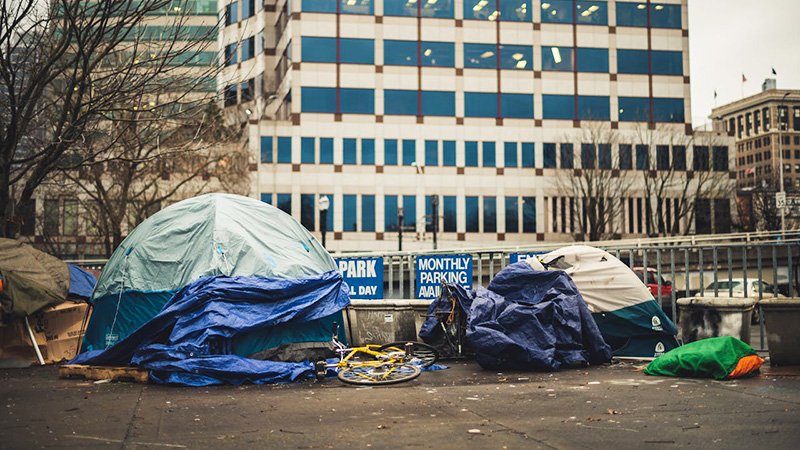In Portland, Oregon one neighbor’s DIY device is quietly collecting the kind of street data cities can’t ignore—and that neighbors have known all along.
Read MoreLast Wednesday, a plane crash claimed the lives of 67 people, making it the deadliest U.S. air disaster in over two decades. It prompted an immediate, coordinated response on a local, state and federal level. And yet, when over 100 people die in car crashes a day, nothing is done. It’s time for that to change.
Read MoreTo make streets safer, we need to change the way people think about car crashes. And we need your help to do it. So, here’s the executive summary of the new “Beyond Blame” report, which shares the most important insights and recommendations from 18 months of Crash Analysis Studios.
Read MoreCriminalizing homelessness is often an attempt to make public spaces safe and comfortable. It fails miserably, at the cost of persecuting some of the most vulnerable members of the population. If cities want a real, sustainable solution to a homelessness crisis, they need to address the underlying cause: North America’s broken housing system.
Read MoreSecret projects. Preventable pedestrian deaths. False promises of safety and support. This is what we — as a movement, as a nation, as a people — are up against. It’s time for a change.
Read MoreVison Zero is supposed to represent a commitment to achieving zero traffic deaths, but it often devolves into empty platitudes — even when public officials genuinely support it. That’s because they’re looking for solutions in the wrong place. Instead of blaming individual drivers, officials need to look at the root cause of most traffic deaths: the contradictory design of city streets.
Read MoreWith an average of 39 collisions a day, Winnipeg, Canada, is a dangerous place for drivers and pedestrians alike. Residents have been fighting to change that for over 40 years, but progress is slow.
Read MoreCities wanting to win at the infinite game must take public safety seriously.
Read MoreTxDOT’s inertia in response to this series of crashes in Killeen, TX, exhibits just how narrowly transportation agencies view their commitment to road safety.
Read MorePeople find it easy to blame a drunk driver for an accident, but what about a drunk pedestrian?
Read MoreToo often, cities invest in the storage and movement of cars rather than the movement, visibility, and interactions of human beings. But the latter is precisely what makes for communities that are worth caring about.
Read MoreResidents of Spanish Fork, UT, have raised the alarm about a dangerous stroad where children regularly cross, but local officials refuse to acknowledge the danger until someone gets injured or killed.
Read MoreTraffic engineers in Canada wear an iron pinky ring as a reminder of their responsibility to public safety. So why, then, do they routinely make street design choices that kill people every day?
Read MoreSpringfield took a step forward in fixing this deadly stroad…but Department of Public Works officials are forcing the city to take two steps back again.
Read MoreEveryone who uses streets would benefit from L.A.’s mobility plan…if only the city would actually implement it.
Read MoreWhat do we mean when we say that street design is a large factor responsible for traffic deaths?
Read MoreOur streets are still dangerous by design. This report shows what we need to do about it.
Read MoreCity leaders in Springfield, MA, recently started a project to calm traffic on State Street, one of the city’s deadliest places for walkers and bikers.
Read MoreHow many kids feel safe playing on your local street?
Read MoreIt can be intimidating for inexperienced cyclists to ride in the road with cars. If that’s you and you’d prefer to use the sidewalk, here’s how to do so safely and respectfully.
Read More



















